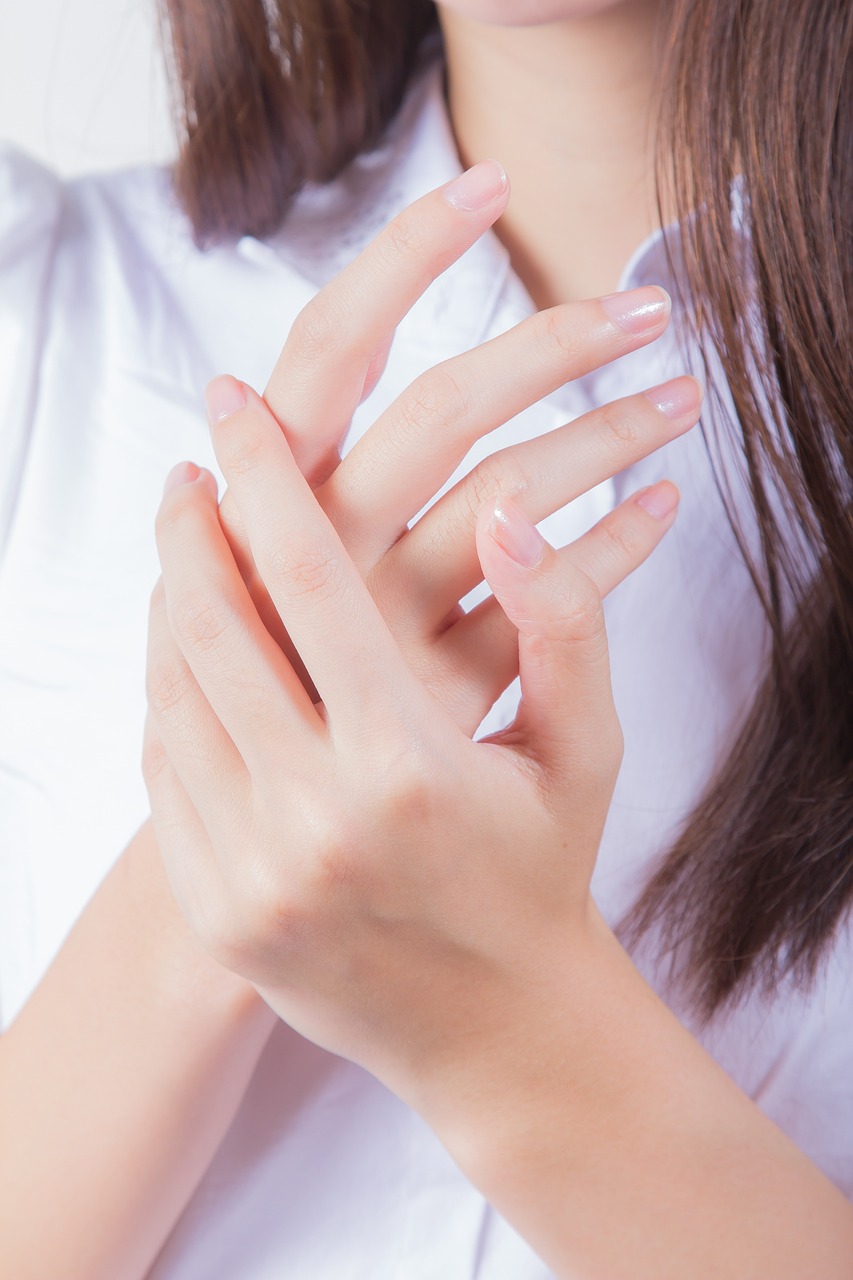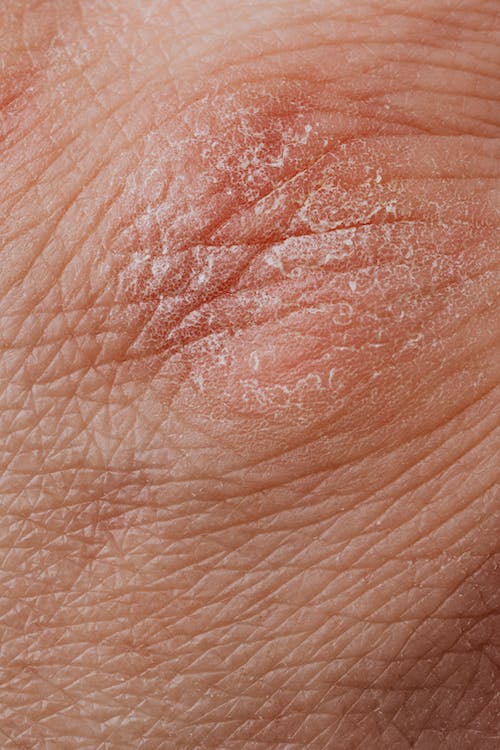Healing Cracks: Tips for Promoting Skin Repair and Recovery
Cracks in the skin, particularly in areas like the heels, fingertips, or lips, can be uncomfortable and bothersome. They can occur due to dryness, exposure to harsh weather conditions, repetitive movements, or underlying skin conditions. Healing these cracks requires proper skin care, moisture restoration, and gentle care. This article will explore effective tips to heal cracks and promote skin repair for healthier and smoother skin.
1. Hydration is Key
Proper hydration is essential for skin health and healing. Drink adequate water throughout the day to maintain skin hydration from within. Moisturize the affected areas with a nourishing and emollient-rich cream or ointment. Look for products containing ingredients like shea butter, cocoa butter, or lanolin to lock in moisture and support the healing process. Consider using a humidifier in your living environment, especially during dry seasons, to add moisture to the air and prevent further skin drying.
2. Gentle Cleansing and Exfoliation
When dealing with cracked skin, gently clean the area to avoid further irritation. Use a mild, fragrance-free cleanser and lukewarm water to cleanse the affected area. Avoid harsh soaps or cleansers that can strip away natural oils and worsen dryness. Opt for a gentle exfoliating scrub or a soft brush to slough off dry and flaky skin. Exfoliation can also aid in removing dead skin cells and promoting skin renewal. However, avoid over-exfoliating, as it can further irritate the cracks.
3. Protect and Moisturize
Shielding the cracked skin from further damage is crucial for healing. Protect the affected area from external elements by wearing appropriate clothing or gloves. When exposed to cold weather or sunlight, apply a broad-spectrum sunscreen or a moisturizing balm with SPF to prevent further dryness and damage. Moisturize the cracks regularly throughout the day using a thick, occlusive ointment or petroleum jelly. This helps create a protective barrier and seals in moisture. To enhance absorption, consider applying moisturizer immediately after bathing or showering while the skin is still slightly damp.
4. Treat with Healing Ingredients

Certain natural ingredients possess healing properties that can accelerate the recovery of cracked skin. Look for products containing ingredients like aloe vera, calendula, chamomile, or vitamin E. These ingredients have soothing and moisturizing properties that aid in healing and reducing inflammation. Apply a thin layer of these products to the cracked area to promote skin repair. Alternatively, you can use natural remedies such as applying pure honey or aloe vera gel directly to the cracks and covering them with a clean bandage for enhanced healing benefits.
5. Avoid Aggravating Factors
To facilitate healing, identify and avoid factors that can exacerbate cracking. These may include prolonged exposure to water, harsh chemicals, excessive heat, or irritants. Wear gloves when doing household chores or using cleaning agents to minimize contact with drying substances. Limit hot showers or baths, as hot water can strip away natural oils and worsen dryness. Consider using mild, fragrance-free laundry detergents and fabric softeners to minimize skin irritation caused by residue on clothes. Additionally, refrain from picking at the cracks or peeling off any dry skin, as it can delay the healing process and increase the risk of infection.
Healing cracks in the skin requires a comprehensive approach that includes proper hydration, gentle cleansing, protection, and targeted treatment. By following these tips and incorporating them into your skincare routine, you can promote healing and restore your skin’s health. Remember to be consistent, patient, and gentle with your skin, allowing it the time it needs to repair and rejuvenate. Embrace a healthy skincare regimen, and enjoy the comfort of smooth and nourished skin again.
Remember, if the cracks persist or worsen despite these measures, it is advisable to consult a healthcare professional for further evaluation and guidance. They can provide personalized recommendations and determine if underlying medical conditions contribute to cracked skin.


